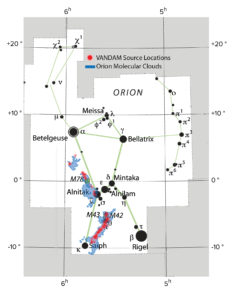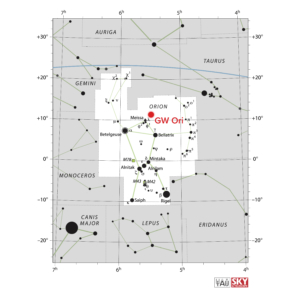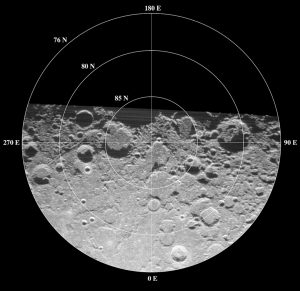The plane that contains the orbit of the Earth (known as the “ecliptic”) is tilted by 7.25 degrees relative…
Select :
asteroid collisionasteroidsastronomical distance scalesatomsbig bangblack holesbright lights in the skybrown dwarfcareerscelestial eventschecker cabscometsconstellationscosmic distancescosmic microwave backgroundcosmic rayscosmologydark energydark matterdwarf planeteartheclipseeclipticeducationexoplanetsexpansion of the universegalaxiesgeneral relativitygravitational lensgravity wavesGreat Red SpotHoaxesHubble Space Telescope (HST)Interferometerinterferometryinterstellar moleculesionosphereJupitermagnetarsmarsmeteorsMH370milky wayMilky Way Galaxymoleculesmoonmoonsneutron starneutron starsNibirunight skyparallaxphysicsplanetsplutoproperties of lightPtolemypulsarsquasarsradar astronomyRadio Astronomyradio frequency interferenceradio interferometersradio recombination line emissionRadio TelescopeSatellite DishSchwarzschild Radiusscientific methodsearch for extraterrestrial intelligenceSETIsolar systemspace probesspacecraftstar formationstarssunsupernovasupernova remnantssupernovaetelescopestime dilationTrans Neptunian Objectstwin paradoxunexplained celestial observationsVenusVery Large ArrayVery Long Baseline Array (VLBA)Voyager 1weather


Online Interactive Sky Chart?
Sky and Telescope provides an online interactive sky chart that I think can provide the information you are looking…

Definitions of Equinox Names in the Northern and Southern Hemisphere
I think that the clearest terms to use to refer to the two equinoxes each year is to refer…

Position of the Moon and North Star from Mississippi in March 1862
One option is to use the positions of the Moon and North Star on the early evening of March…

Calculating the Observability of an Astronomical Object
Since the time standard we used is based on the position of the Sun, while the positions of stars…

How Often Do We Have a “Blue Moon”?
Unfortunately, there are two commonly used definitions for a “Blue Moon”. Since a year has 12 months, and the…





